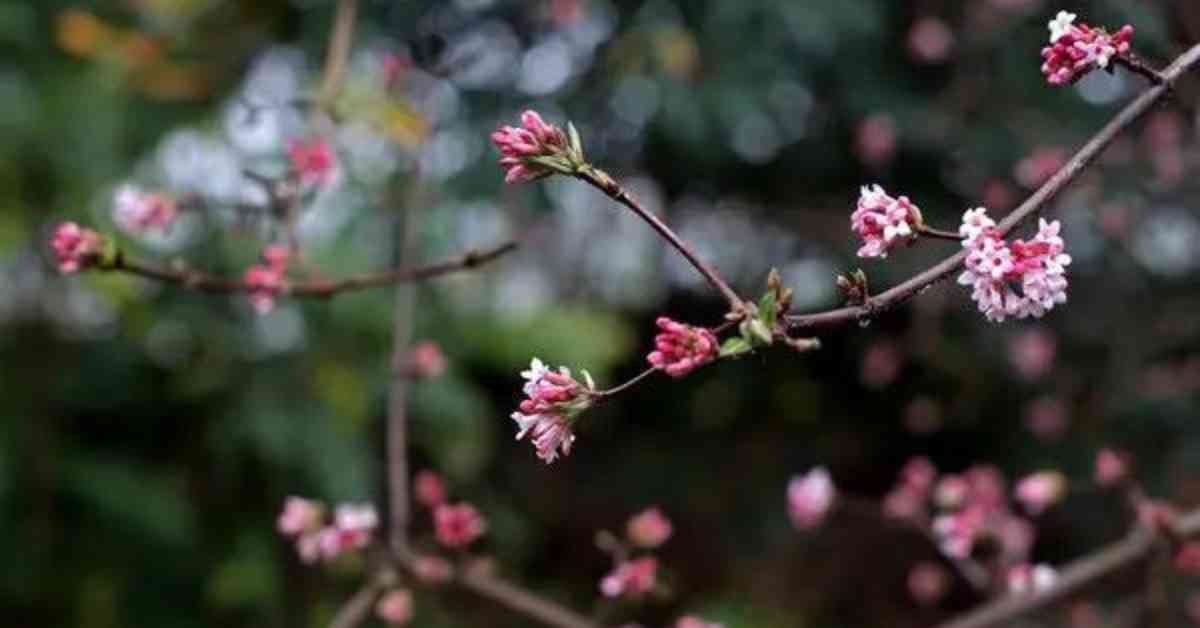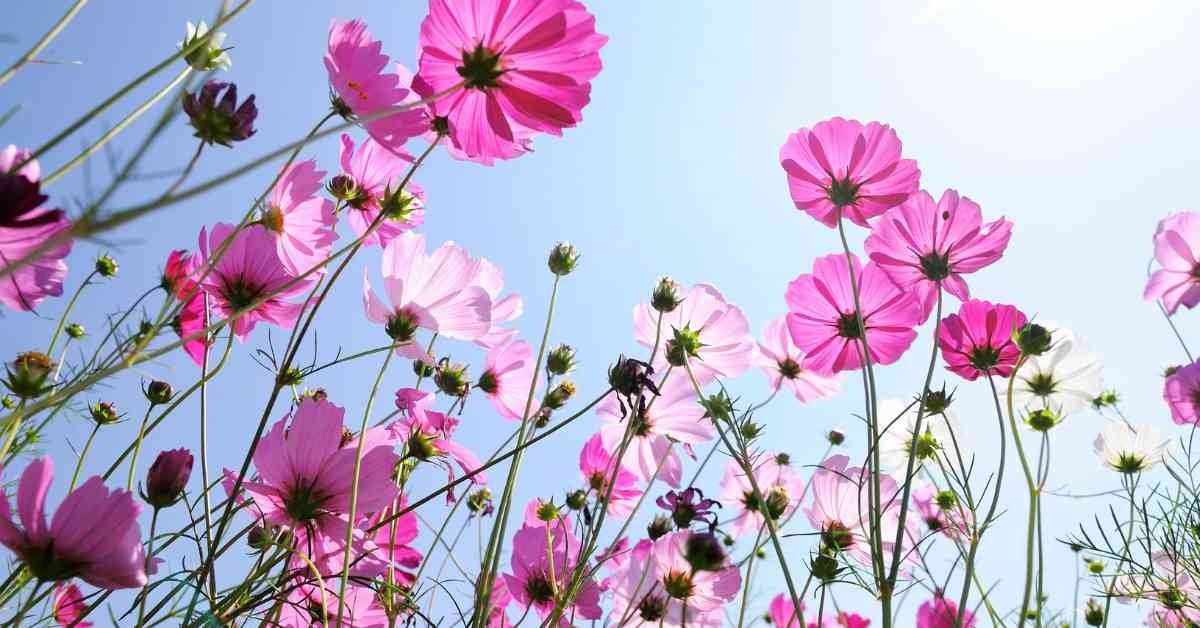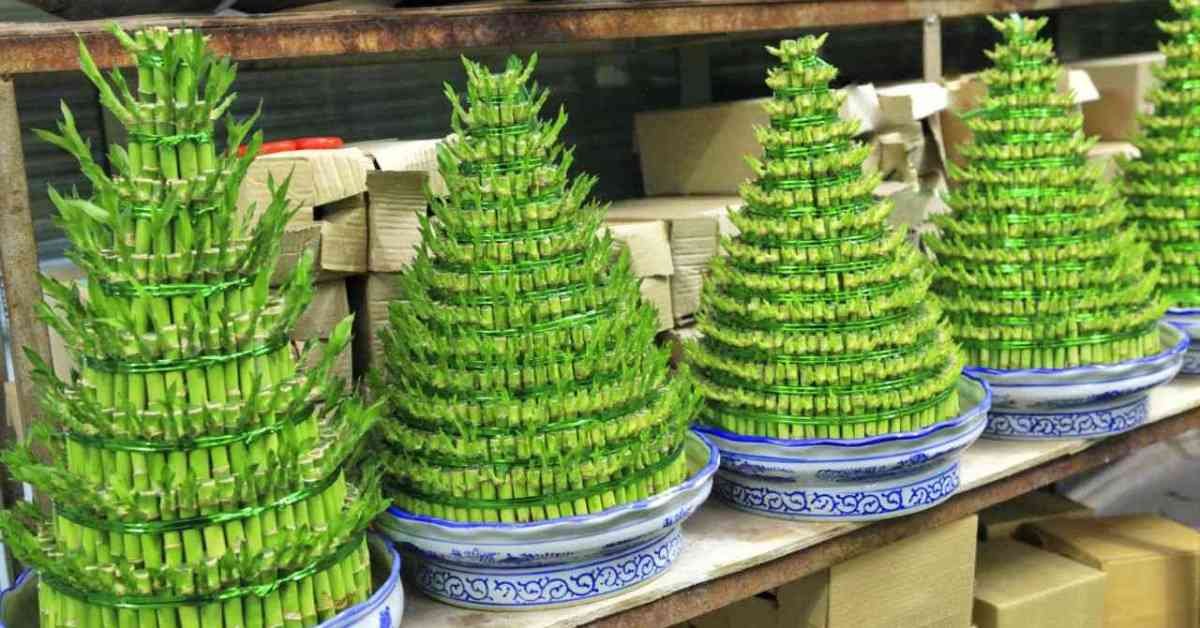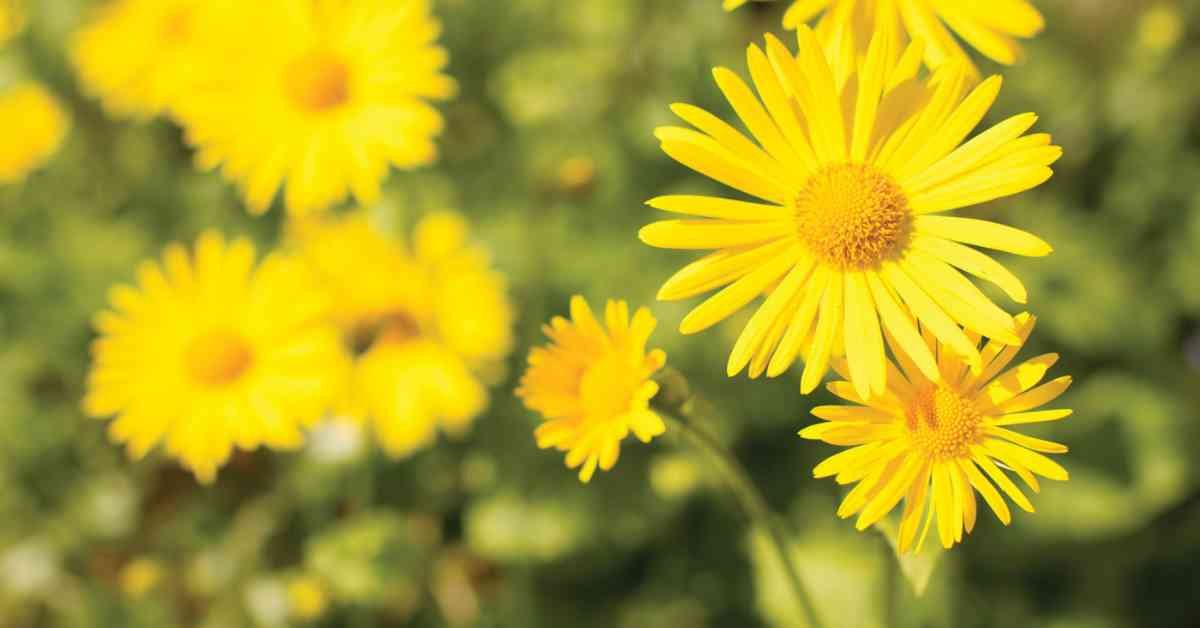Early Spring Bloomers NYT a burst of color and life to gardens, heralding the end of winter’s chill and the promise of warmer days ahead. For gardening enthusiasts, selecting early spring bloomers is a strategic choice to kickstart the season with vibrant hues and fragrant blossoms. In this comprehensive guide, we delve into the world of early spring bloomers, curated to inspire and inform your garden planning.
Introduction to Early Spring Bloomers
Early spring bloomers are plants that typically flower from late winter to early spring, depending on the climate zone. These plants play a crucial role in garden design, offering beauty and charm when other plants are still dormant. Whether you’re aiming to create a welcoming front yard, a serene backyard retreat, or a vibrant flower border, early bloomers provide a palette of colors and textures to work with.
Importance of Early Spring Bloomers
- Seasonal Transition: Early bloomers mark the transition from winter to spring, lifting spirits with their cheerful blossoms.
- Pollinator Support: Many early bloomers attract essential pollinators like bees and butterflies, aiding in garden biodiversity.
- Garden Aesthetics: They add visual interest and diversity to garden beds, complementing later blooming plants.
Types of Early Spring Bloomers
- Bulbs and Corms:
- Crocus: These small but mighty flowers emerge as early as late winter, often peeking through snow.
- Snowdrops (Galanthus): Delicate white flowers that symbolize the end of winter and the onset of spring.
- Daffodils (Narcissus): Known for their trumpet-shaped blooms in various colors, daffodils thrive in early spring sunlight.
- Perennials:
- Hellebores: Also known as Lenten roses, hellebores offer elegant, nodding flowers in shades of white, pink, and purple.
- Primroses (Primula): Bright and cheerful, primroses bloom profusely in early spring, often in shades of yellow and pink.
- Bergenia: Robust and hardy, bergenias produce clusters of pink or white flowers on glossy green foliage.
- Shrubs:
- Forsythia: A classic harbinger of spring, forsythia bursts into brilliant yellow blooms before its leaves appear.
- Rhododendrons: Early blooming varieties of rhododendrons offer large, showy flowers in shades of pink, purple, and white.
- Witch Hazel (Hamamelis): Unusual spidery flowers in shades of yellow, red, or orange appear on bare branches, adding intrigue to early spring landscapes.
Cultivation and Care Tips
- Planting: Choose a location with well-draining soil and adequate sunlight for each specific plant’s requirements.
- Maintenance: Regular watering, mulching, and occasional fertilization ensure healthy growth and abundant blooms.
- Propagation: Many early spring bloomers can be propagated through division of bulbs or clumps, allowing for expansion of your garden over time.
Design Ideas
- Mass Planting: Create a carpet of color by mass planting bulbs like crocus or snowdrops under deciduous trees or along garden borders.
- Mixed Borders: Combine early bloomers with later flowering perennials and shrubs to ensure continuous interest throughout the growing season.
- Container Gardens: Plant bulbs or compact perennials in containers for a portable burst of spring color on patios, balconies, or porches.
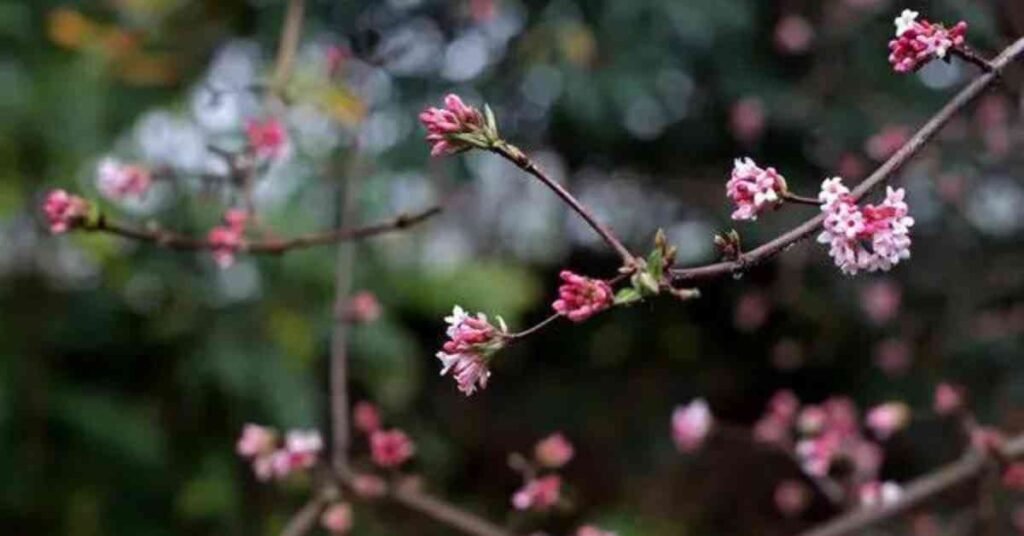
Conclusion
In conclusion, early spring bloomers are indispensable for any garden enthusiast looking to welcome the changing seasons with beauty and grace. From delicate bulbs pushing through frosty ground to shrubs ablaze with vibrant blossoms, these plants offer a delightful preview of the floral abundance to come. By selecting and cultivating early bloomers, you not only enhance the aesthetic appeal of your garden but also support local wildlife and enjoy the therapeutic benefits of gardening. Embrace the magic of early spring bloomers and transform your outdoor space into a haven of color and vitality.
References
- The New York Times Gardening Section
- Royal Horticultural Society (RHS)
- American Horticultural Society (AHS)
- Local gardening experts and nurseries

